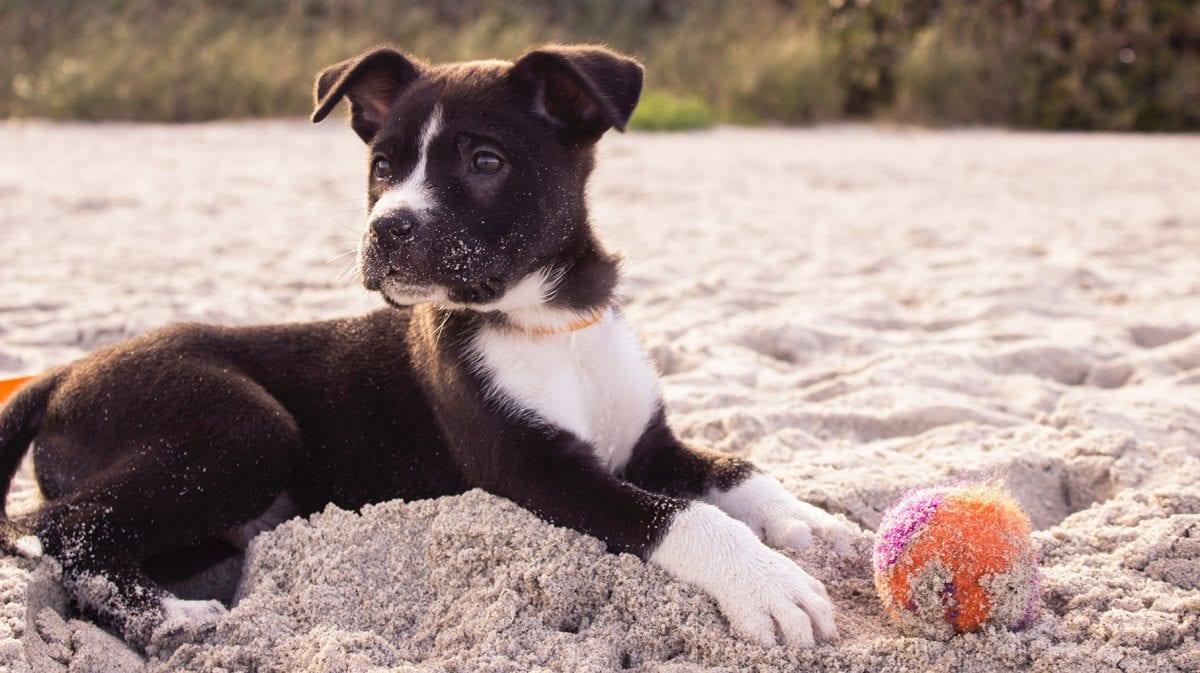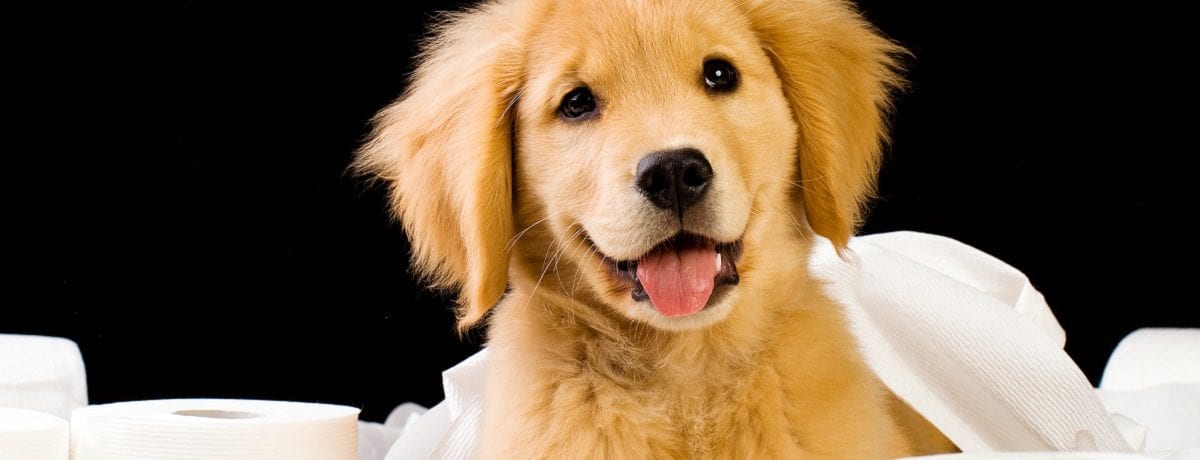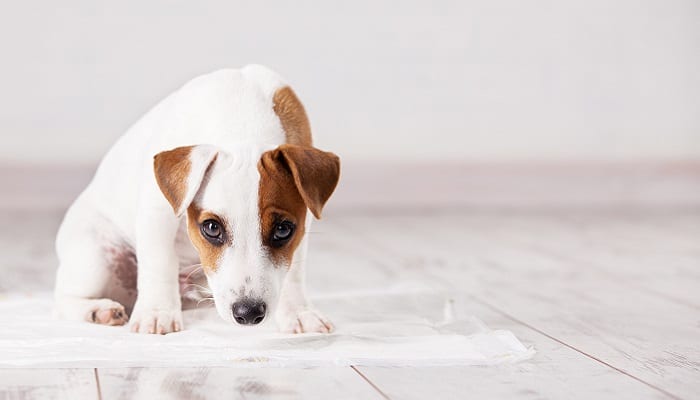One of the biggest complaints from new pet owners is the destructive behaviour of their pets while they are home alone.
Garden beds and clothes on the line are target number one for bored dogs. Regardless of how much dog walking and attention offered when you are around, bored dogs will play up without any dog sitting.
Many dogs suffer from separation anxiety which makes the matter worse when they have nothing to do. Chewing, digging, leaving ones and twos in places they shouldn’t, howling and concocting escape plans better than Houdini himself. This can all come about from an anxious or bored furry buddy.
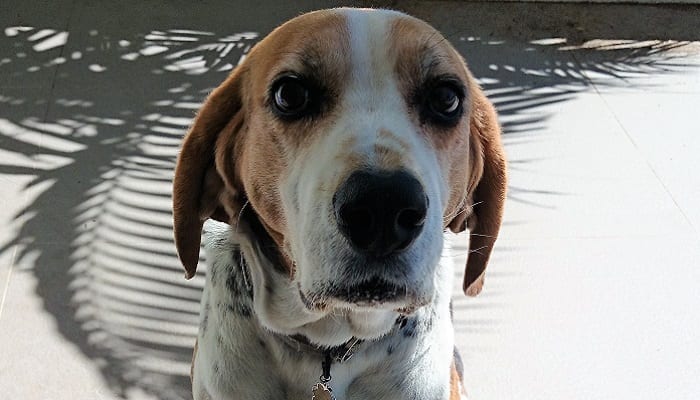
Doggy behaviour does not need to be destructive. Just give your furry friend interactive toys to cut the waiting time and turn a naughty puppy into a star student.
Dogs need plenty of physical and mental stimulation. Exercising your dog’s mind will enrich his life with less stress and the opportunity to do what dogs love to do – play, sleep and eat!
Read on for our list of interactive toys that will keep pooch happy.
1. KONG
The KONG is one of the most successful and original interactive doggy toys. KONG founder, Joe Markham, invented the toy when his trained pooch acquired a dangerous liking for chewing rocks and sticks. While fixing a motor, Joe tried to lure his dog from the rocks by tossing out car parts. The dog took to a rubber suspension part, Joe had a brain wave, and the rest is history.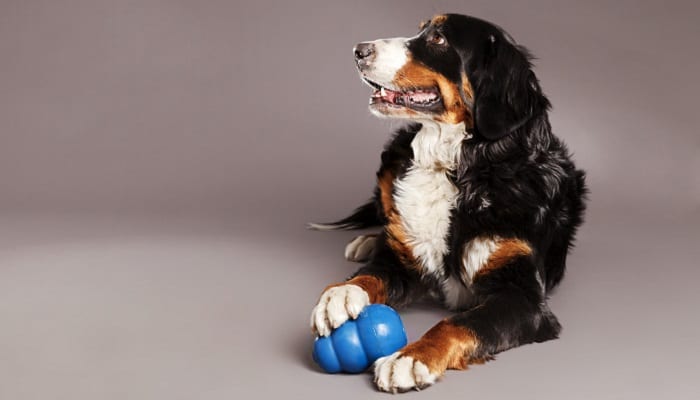
KONGs are made of durable, soft rubber material which is satisfying for a dog to chew.
How a KONG works?
As well as using as a toss and play toy, KONGs can be filled with all sorts of treats for your dog to work out gradually. From mashed pumpkin, chicken and peas, to pieces of kibble, cheese and vegemite. KONGs can keep your buddy entertained for hours as he licks and nibbles at the KONG to release the food inside.
2. Food puzzle toys
There are many different food puzzle toys on the market for dogs. Offer your dog his meals in a puzzle toy or stuff them with cream cheese, avocado or whatever takes your dog’s culinary fancy. These toys encourage licking and chewing which are renowned to have calming behavioural effects on dogs that are left alone.
3. Hanging interactive toy
If your dog gets bored easy, an interactive hanging toy would be great for them. Hanging toys, like the one we found online here, include a rattle ball on a bungee-style rope and a durable loop on the end.
How to use a hanging toy?
Hang the interactive toy on a sturdy base like a fence, tree branch or pergola. The strap will spring back as your dog plays tug of war with the bungee rope.
Tips for relieving doggy boredom
Dedicate at least 30 minutes a day to playtime with your furry friend. Taking your dog walking in the morning before you leave for work will help them relax and rest for longer when you are away.
Are you going away on holiday sometime soon? Just hire an Airtasker to so some dog sitting with your furry bestie! For your reference, here’s a dog sitting price guide.


